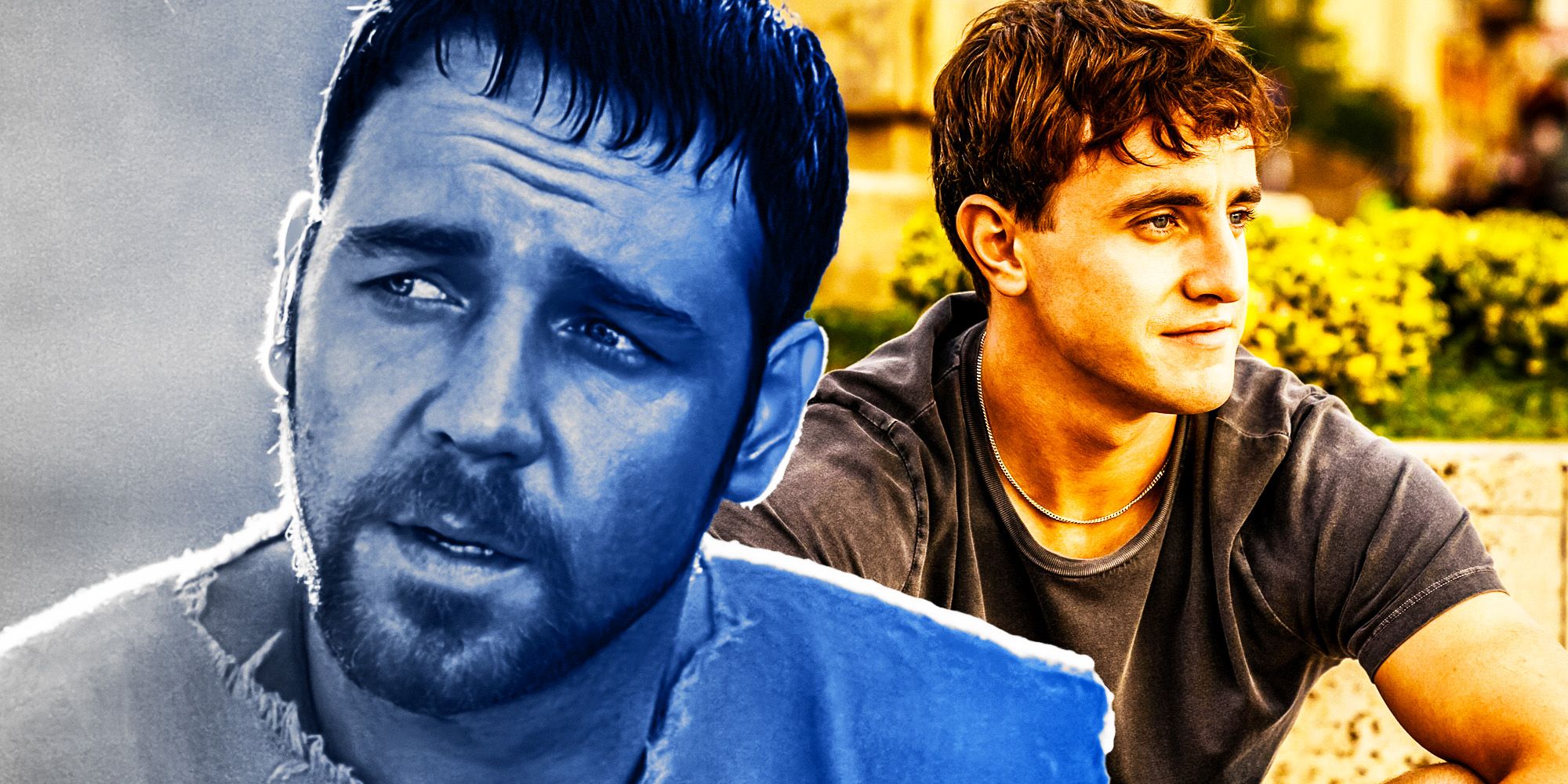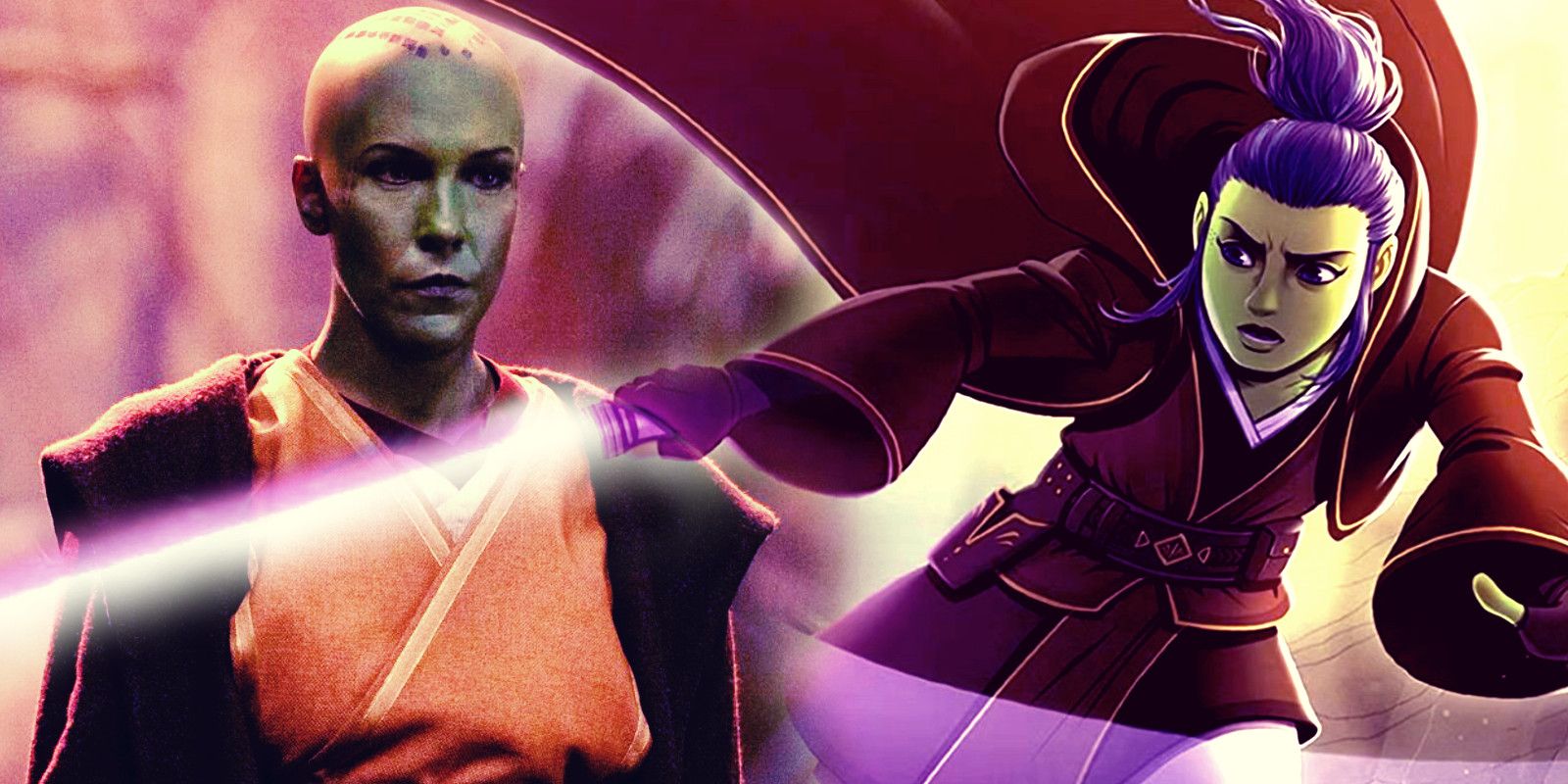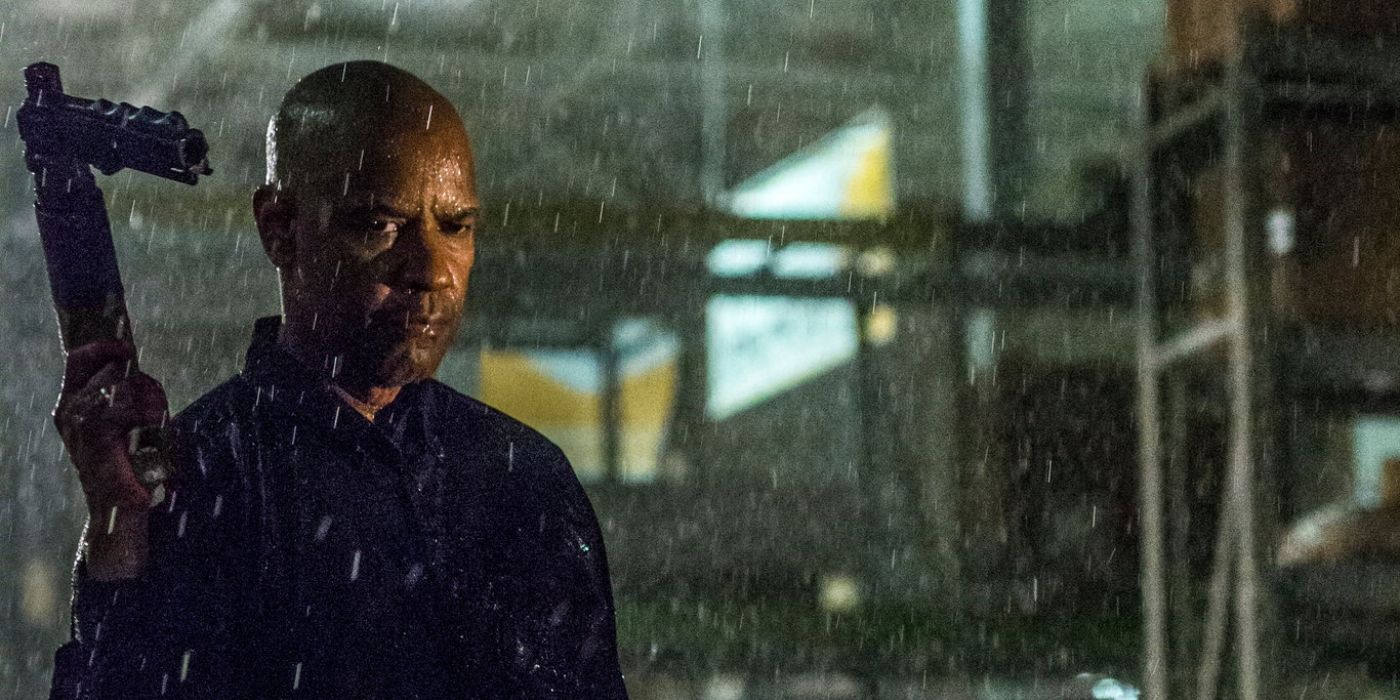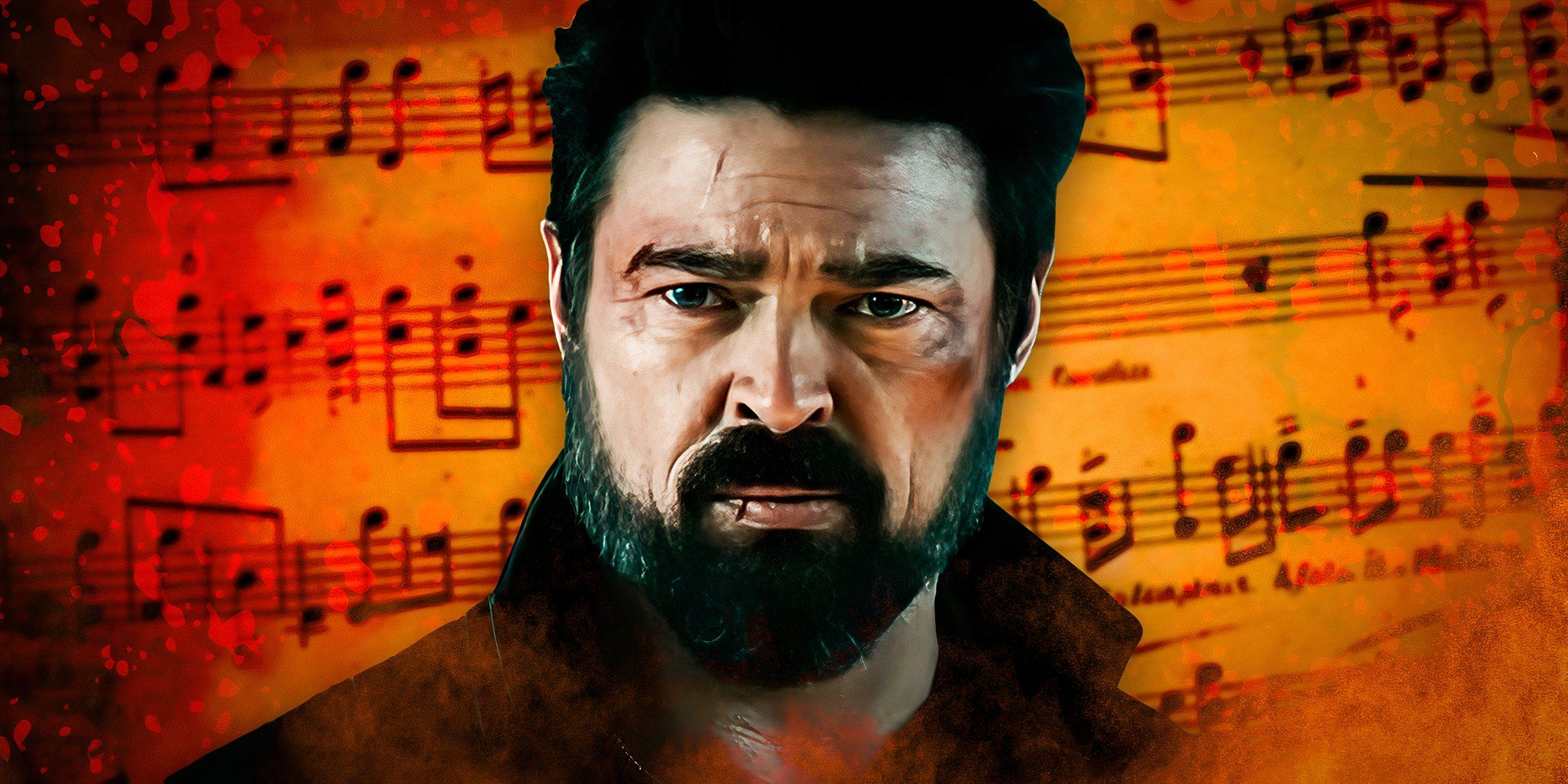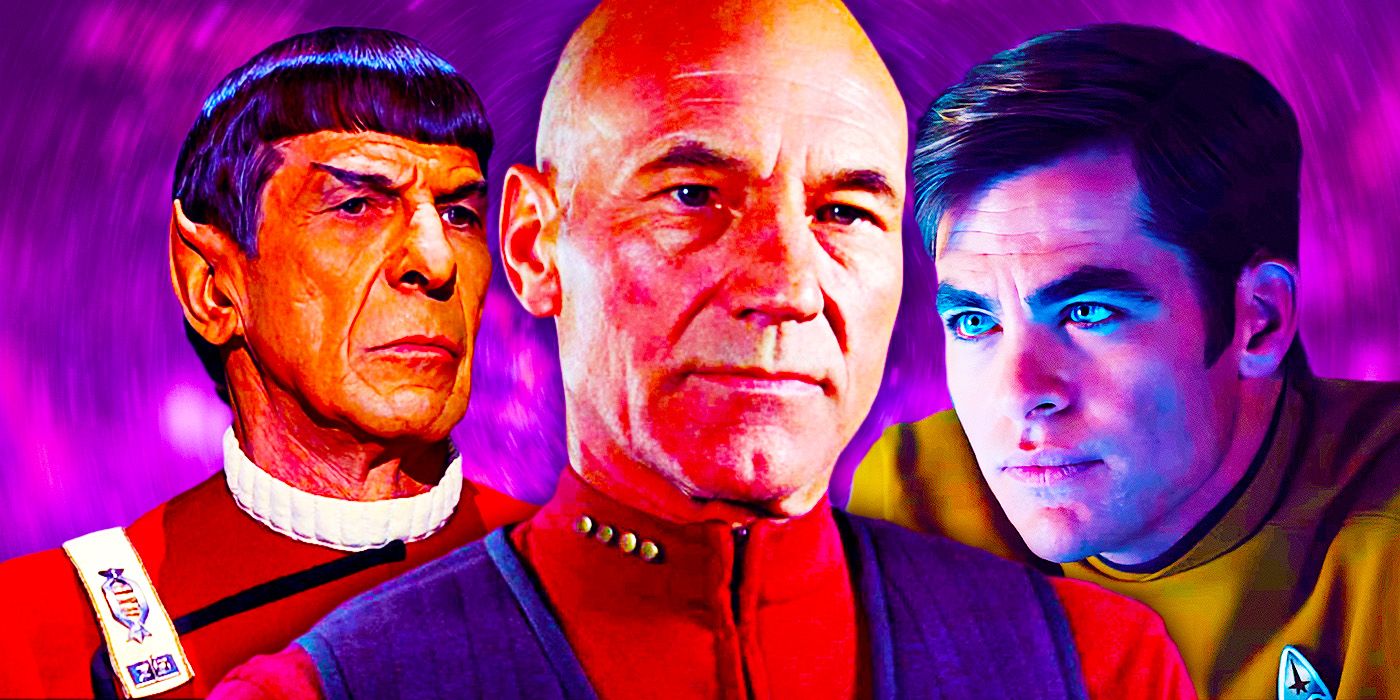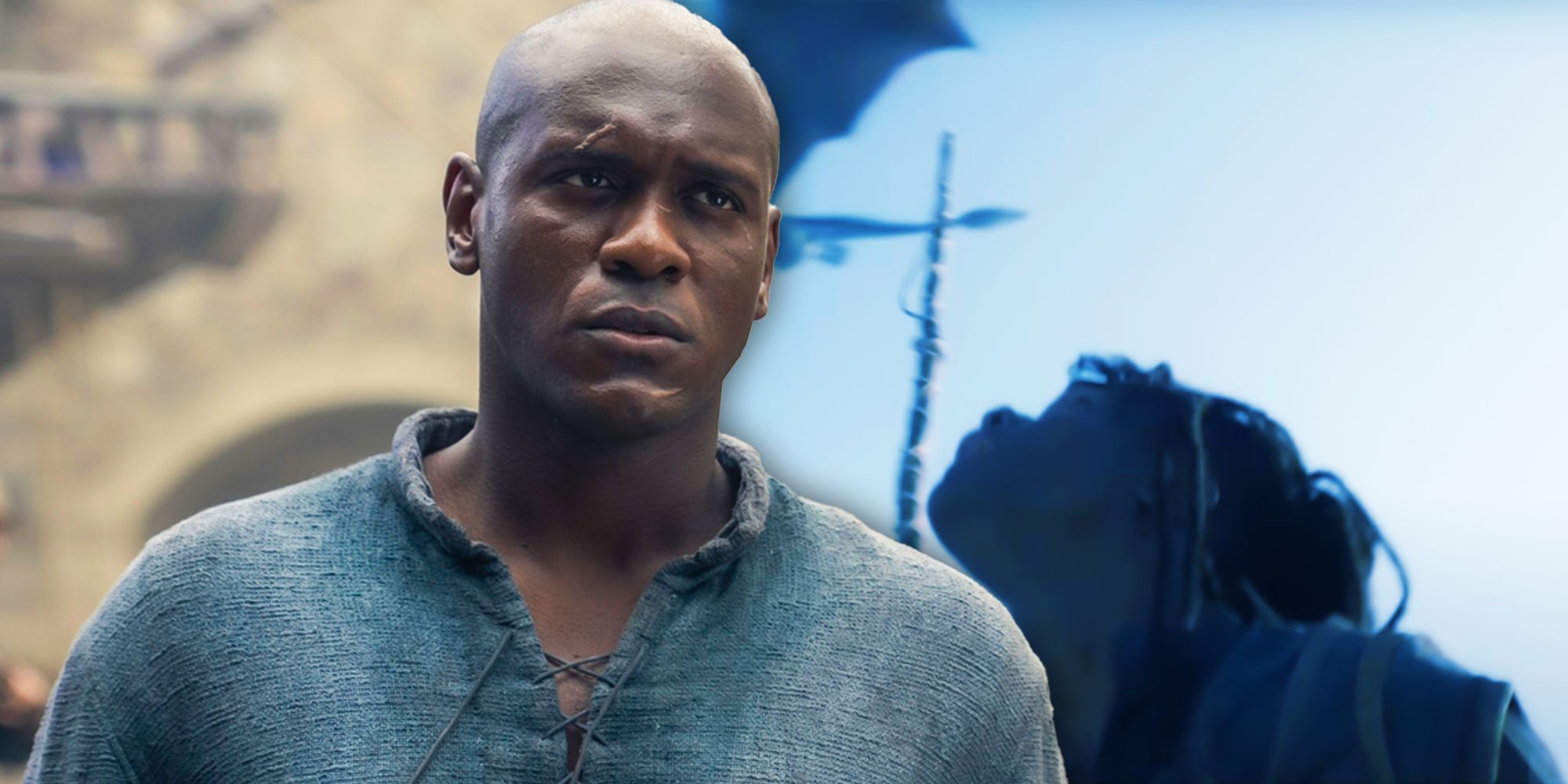An early draft of Star Wars: The Phantom Menace features some drastic differences from the movie that actually made it to screen in 1999, ones that would have changed the course of the entire trilogy. The earlier script, itself a revised draft, was included on a 1999 CD-ROM called The Episode 1 Insider’s Guide and a detailed summary has been available online, but still remains somewhat obscure. Some of the changes made are the typical simplifications and tightening that go along with the revision process. Other changes, however, suggest a significantly different, and perhaps better, prequel trilogy.
The Star Wars original trilogy went through a number of different revisions, with George Lucas’s original plans often an object of fascination for fans. However, the prequel movies Attack of the Clones and Revenge of the Sith were planned primarily through storyboards, without the extensive trail of early scripts that early movies had. The early Phantom Menace script, which was originally simply called Star Wars: The Beginning, is thus the best glimpse into how Lucas’s plans for the prequel trilogy developed over time, including intriguing ideas that were ultimately discarded.
7 Obi-Wan Kenobi Would Have Been Anakin’s Father Figure
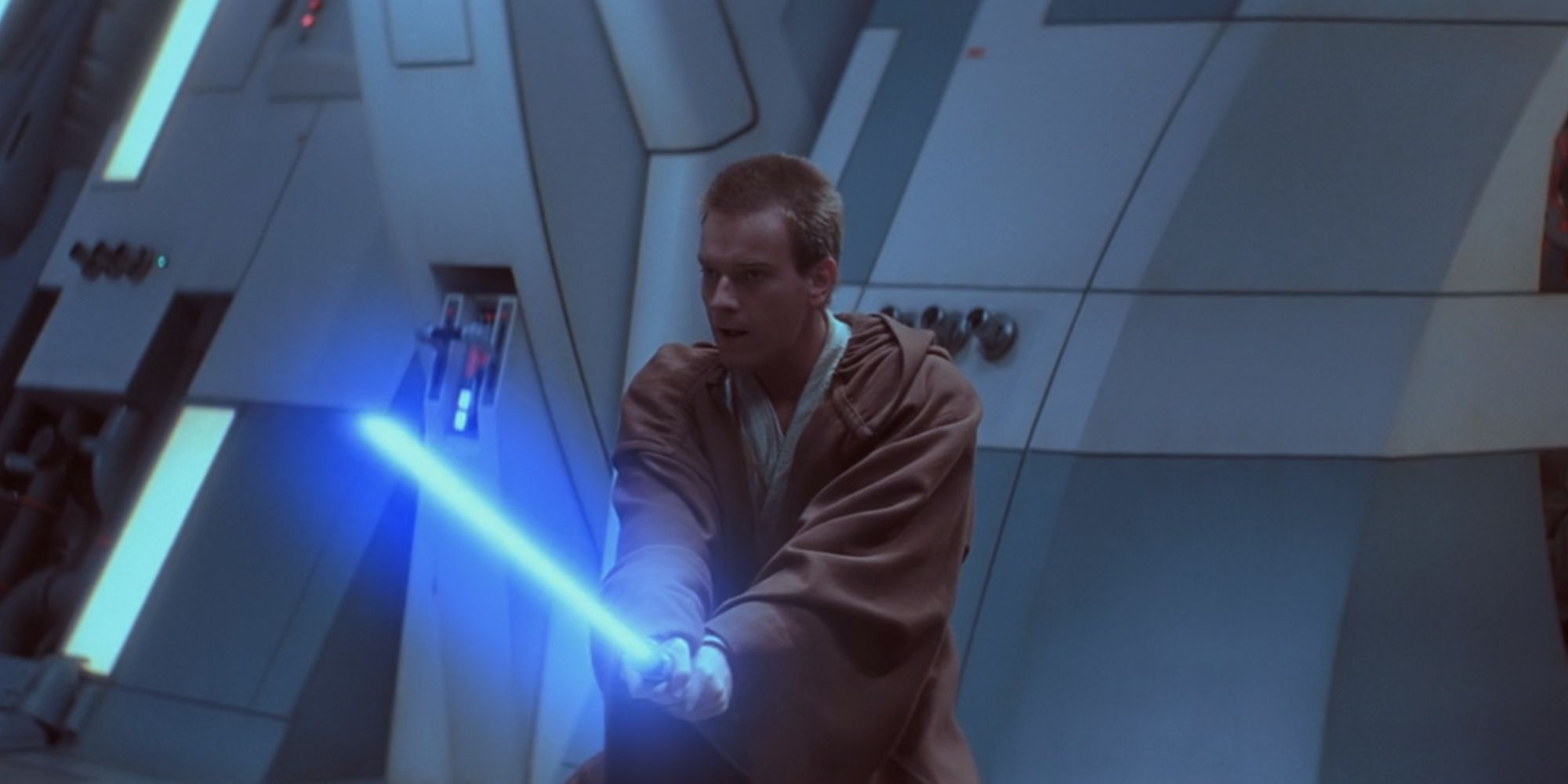
One of the biggest differences between The Beginning and the final version of The Phantom Menace is the character of Obi-Wan Kenobi. In the earlier script, Obi-Wan is a full Jedi Knight instead of a padawan, and is largely independent in his mission. Liam Neeson’s Qui-Gon Jinn, spelled “Quigon”, was present in the draft script, and still perishes at the hands of Darth Maul, but only appears later on as a supporting character.
Introducing Obi-Wan as an older, more mature Jedi would have taken away the arc of seeing him grow and develop, but would have fit better into the Star Wars timeline where Obi-Wan was an old man a few decades later in A New Hope. Moreover, this difference could have fundamentally changed Anakin and Obi-Wan’s relationship. Rather than an older brother-like mentor, Obi-Wan would have been more of a father figure to Anakin, the first in his life. This could have created a stronger echo with the original trilogy’s father-son conflict, and establish more of a direct lineage between Obi-Wan and Luke.
6 The Jedi Order’s Flaws Are Not As Obvious In The Phantom Menace’s First Draft
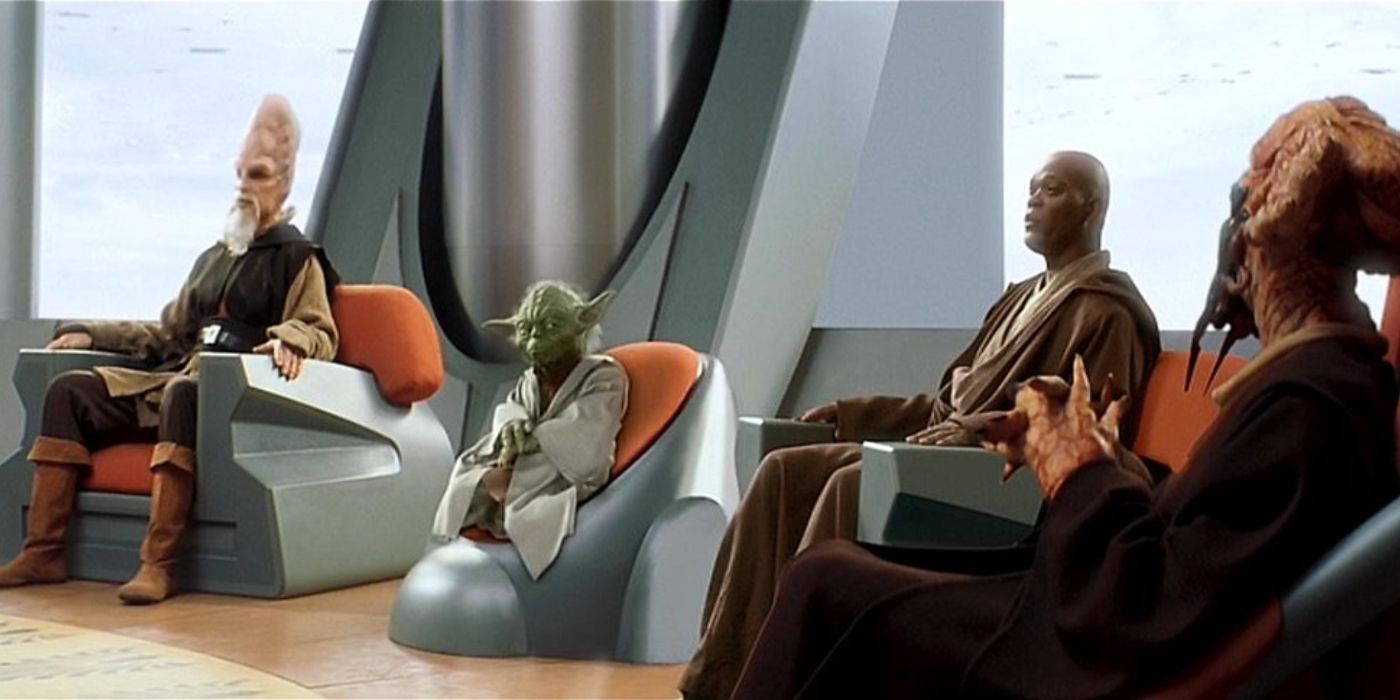
The idea of the Jedi as a flawed institution was a major theme throughout the prequel trilogy, where the Jedi Council’s stringent rules and unawareness of the danger they faced contributed to their downfall. This is not as much of an emphasis in The Phantom Menace‘s early draft. The Jedi are still presented as being uninterested in freeing the slaves of Tattooine, but do take Obi-Wan’s warnings seriously, and give Anakin a number of tests to determine his force aptitude and don’t object to training him.
The Jedi Council itself is simplified in “The Beginning”, consisting only of Yoda, Mace Windu, and Ki-Adi-Mundi. The portrayal of the Jedi as morally questionable has continued to cause controversy in Star Wars stories like The Last Jedi, but it was one of the more interesting aspects of the prequel trilogy. However, in making the Jedi more ambiguous, Lucas’s final script simplified other parts of the story.
5 The Episode I Draft Featured More Complex Politics
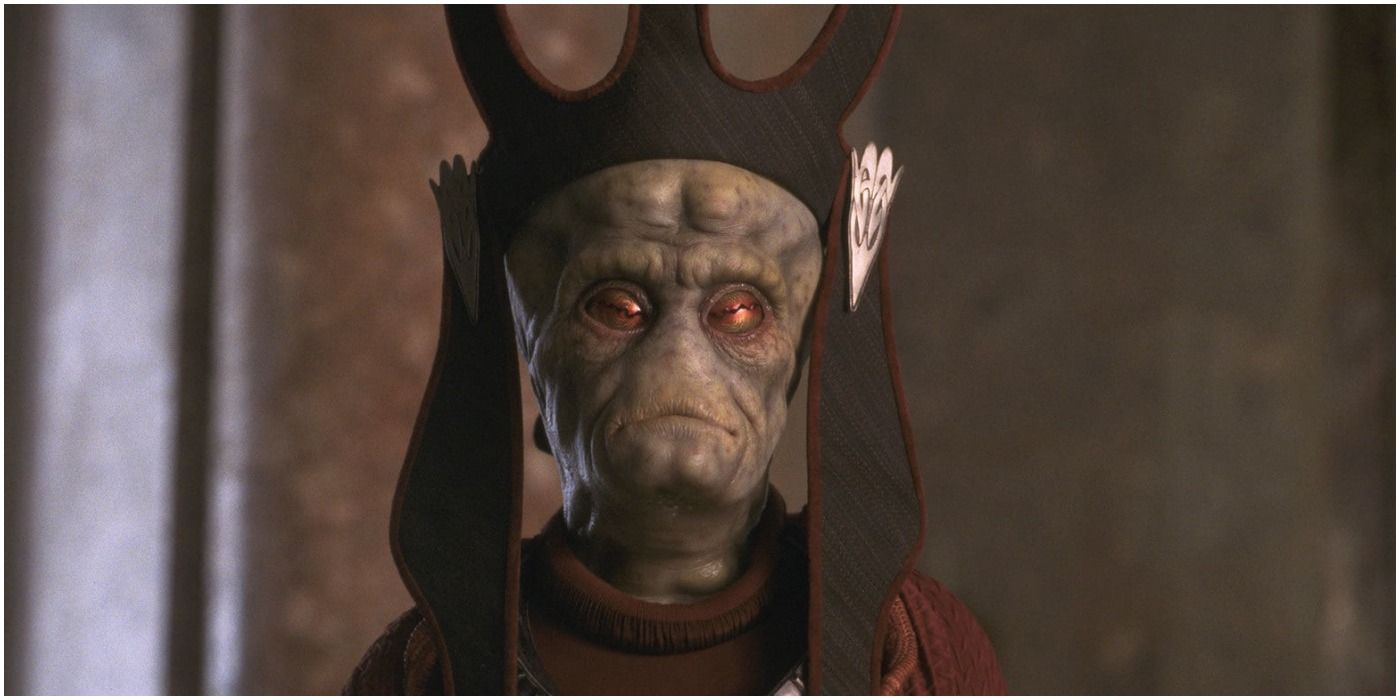
George Lucas’ early draft of The Phantom Menace also featured more developed political themes. Nute Gunray, leader of the Numoidian trade blockade, is a more prominent character in this version, and more aware of the threat the Jedi posed. Nute also refers to opponents of Queen Amidala within her own court being part of his plan. The draft script emphasizes the tension between the Gungans and the humans of Naboo, showing that Gungans tragically face racial discrimination and that the two races must unite to fight off invaders. There are some traces of this subplot in the finished film, but it has clearly been de-emphasized.
ThePhantom Menace‘s emphasis on byzantine trade negotiations has long been a point of complaint and mockery, so the idea of a script with even more politics may sound like a disaster. However, Episode I might have worked better if it actively committed itself to being a political thriller, and gone into enough detail that viewers could actually follow the political machinations.
4 The Phantom Menace’s First Draft Didn’t Set Up The Chosen One
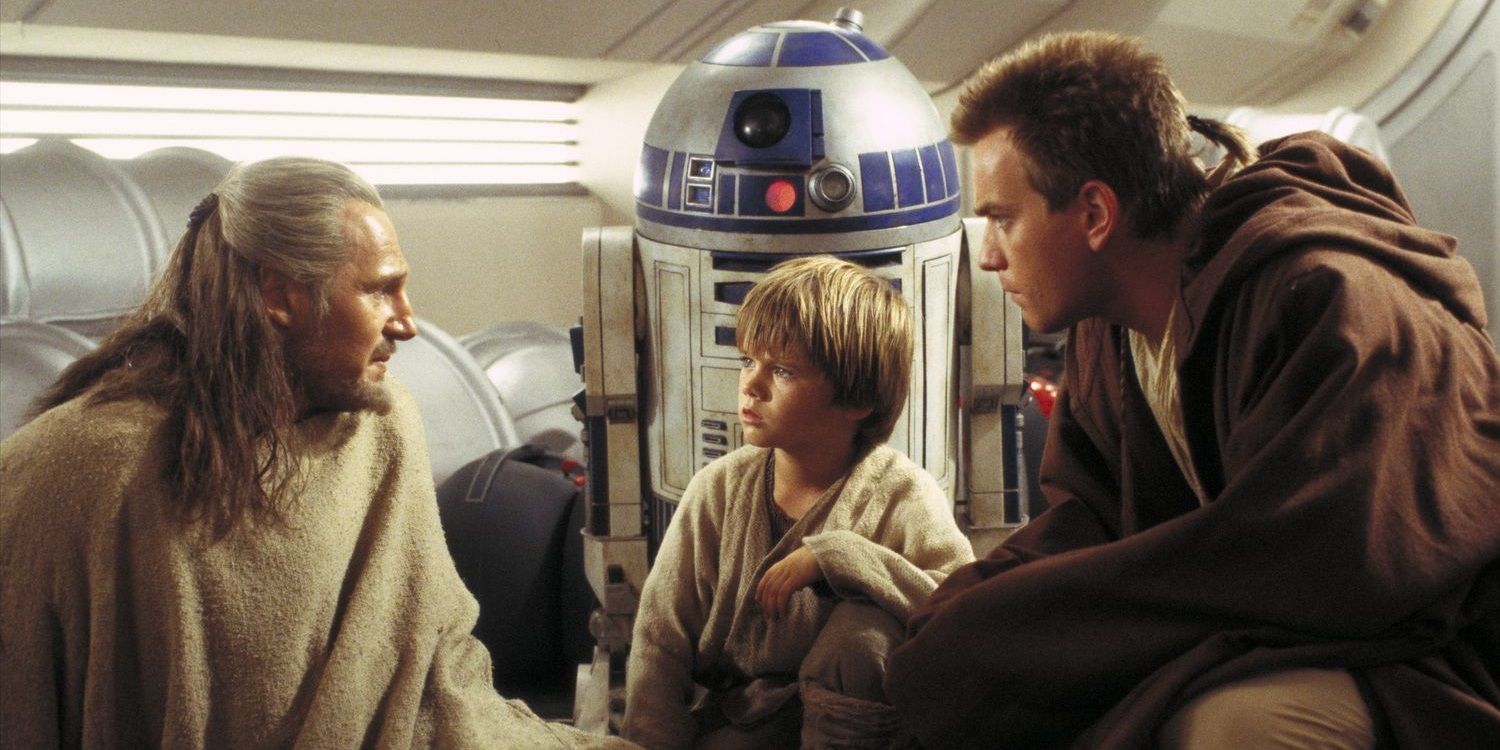
Another controversial aspect of The Phantom Menace was the movie’s decision to make Anakin a prophesied Chosen One with the ability to either bring balance to the force or destroy it. Interestingly, this is nowhere in the early “The Beginning” script, nor are the much-maligned midichlorians. In this version of the story, Anakin wouldn’t have grown up with the pressure of his destiny. While viewers would obviously know that Anakin would eventually become Darth Vader, omitting the prophecy element would have given him more agency within the prequel trilogy.
3 The Original Episode 1 Script Characterized Anakin Very Differently
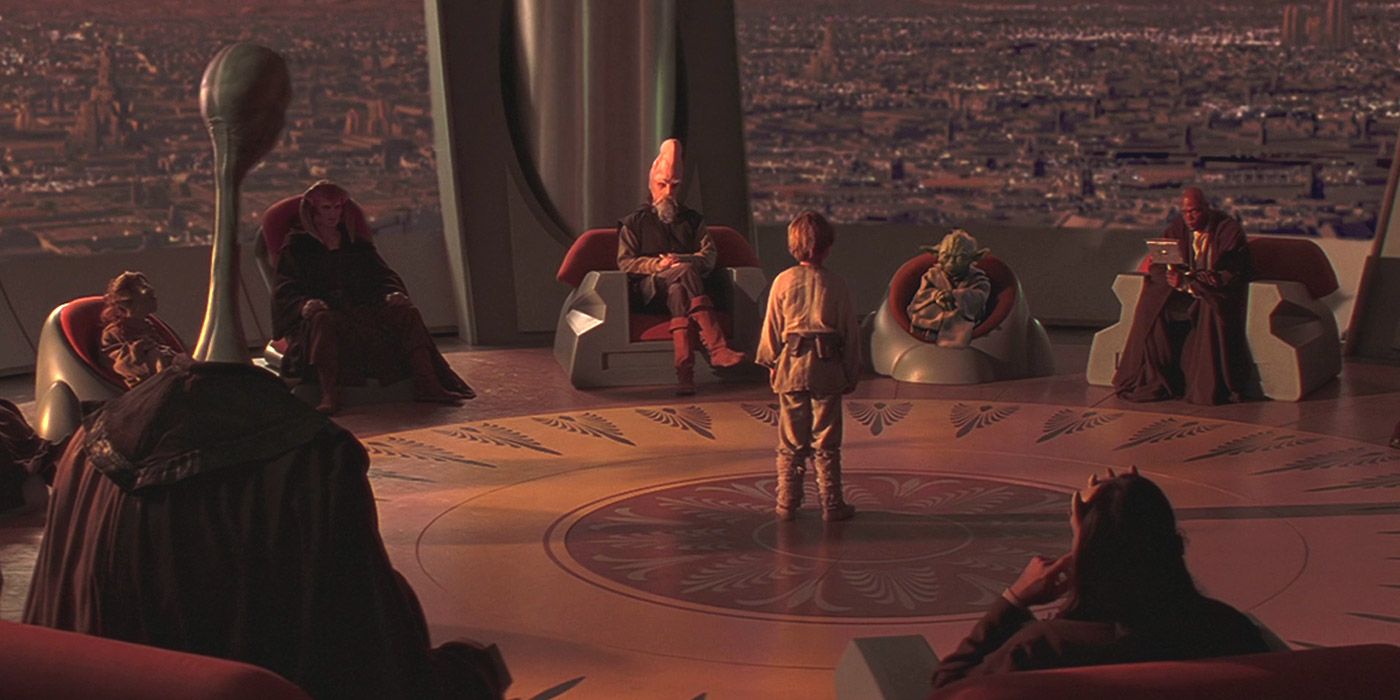
With no prophecy, the Phantom Menace draft script instead uses other methods to make Anakin seem special. In the early “The Beginning” script, Anakin is portrayed as wise beyond his years, describing an enemy alien as “only trying to overcome his fear by attacking, conquering, and squashing” and later being surprised at Obi-Wan treating him for his heroics, commenting that “Kindness is a joy. Why would you reward me for that?”
This characterization could have brought back George Lucas’s original Asian inspirations, with Anakin appearing as a young Buddha figure. However, these lines could have been clunky when actually delivered by Jake Lloyd, and in the end The Phantom Menace characterized Anakin as more of an ordinary, sometimes even happy-go-lucky child with preternatural abilities related to technology and the Force.
2 The Phantom Menace’s First Draft Set Up A Love Triangle
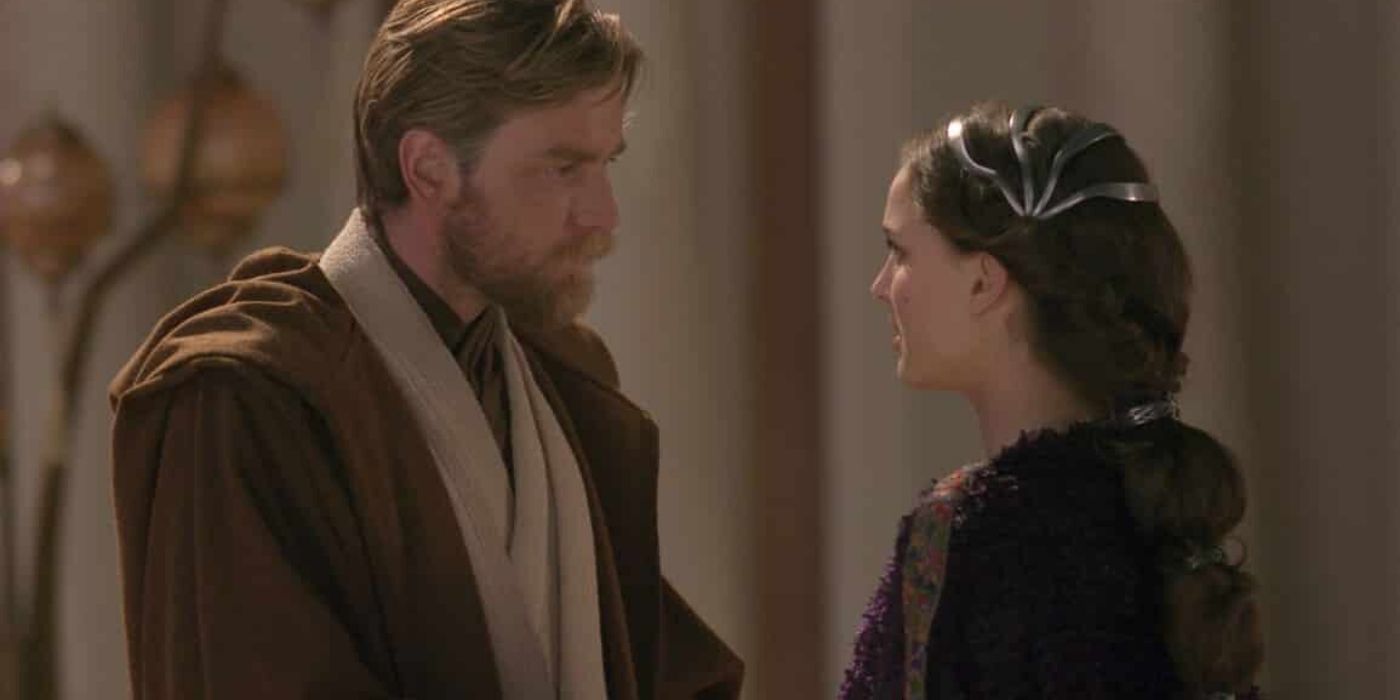
The early Phantom Menace script also suggests that Obi-Wan and Amidala could have romantic feelings for each other. Padme is described as giving Obi-Wan a “long, adoring look”, and without Qui-Gon Jinn the two spend a good amount of the movie bonding with each other. This could have potentially set up a love triangle between Anakin, Obi-Wan, and Padme, which would have been a more organic way to drive a wedge between the two Jedi and lead to Anakin’s turn to the Dark Side.
In The Revenge of the Sith Anakin does become jealous and believe that there’s a romantic connection between Padme and Obi-Wan, but this plot point would have been stronger if there was a genuine basis for Anakin’s suspicion. However, with an older Obi-Wan in the original draft script who is something of a father figure to Anakin, the triangle could have further highlighted the already-awkward age difference between the prequel trilogy’s protagonists.
1 Jar Jar Would Have Been A More Important (And Popular) Character
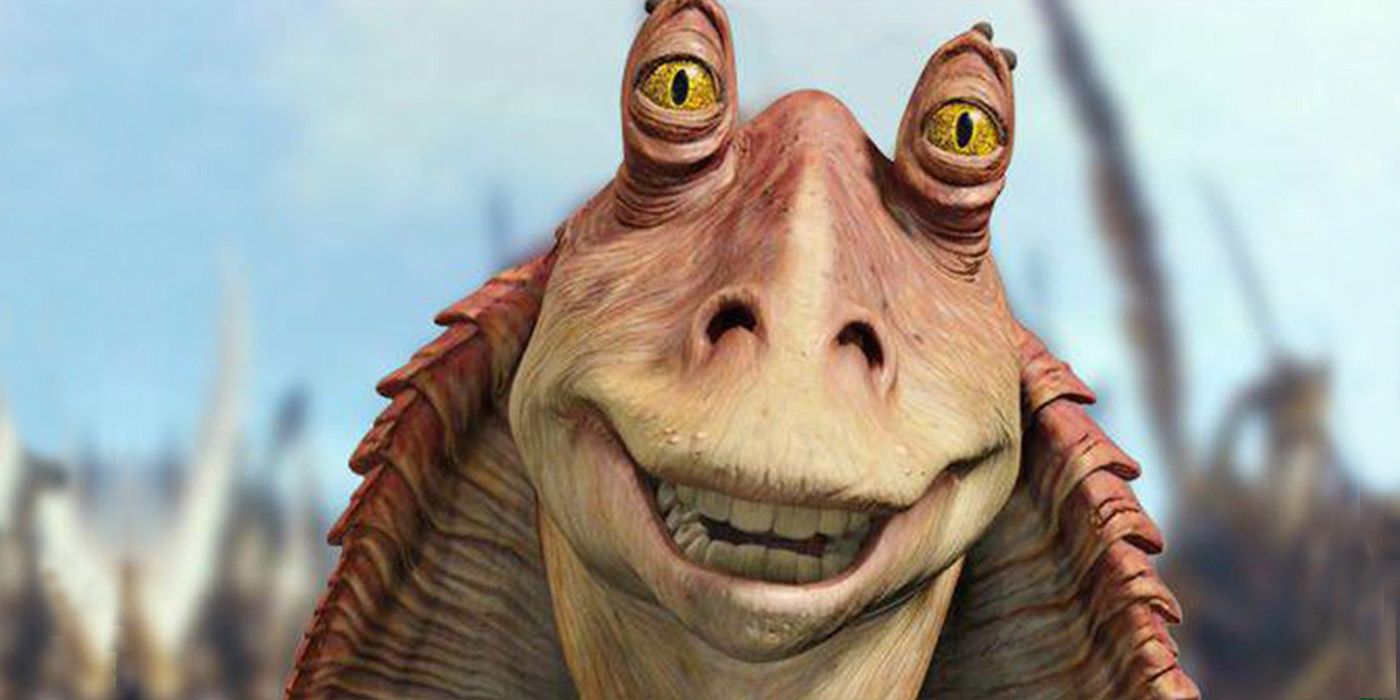
The character of Jar Jar Binks has long been one of the most derided parts of the prequel trilogy, with the bumbling Gungan’s comic relief falling flat with viewers. The character went through a lot of changes in development, including a period where Michael Jackson was to play Jar Jar, and the Episode I draft script shows a different version that is less irritating. In the early script, Jar Jar talks normally and generally has adult cognition, including a cynical view of the relationship between the Gungans and Naboo nobility.
This version of Jar Jar is crucial to the subplot relating to the Gungans and humans of Naboo uniting, and plays a heroic role in the final battle. While Jar Jar does play a crucial role in The Phantom Menace, it’s mostly through bumbling into accidentally saving the day. By adding over-the-top comedic elements to Jar Jar’s character, the final version of The Phantom Menace eliminated a potentially much more popular and interesting character in the draft script. While some of the changes made from the Star Wars: The Phantom Menace draft script were positive, others shut down interesting avenues that could have been explored throughout the prequels.
